- No products in the cart.
Sinoflurin Nazal Spray. scrapper. 50mkg / dose 120doz 12ml vial with the dispenser
$9.21
Sinoflurin Nazal Spray. scrapper. 50mkg / dose 120doz 12ml vial with the dispenser
Description
Composition
Active substance:
1 dose comprising: fluticasone propionate (micronised) 50 .mu.g.
Excipients:
Benzalkonium chloride, phenylethanol, Polysorbate 80, Avicel RC-591 [microcrystalline cellulose, sodium carmellose], dextrose anhydrous, purified water.
Description:
White or nearly white suspension.
Product form:
Nasal Spray 50 mcg / dose.
12 ml (120 doses) of the drug in vial dark glass with a metering device, an adapter and a protective cap.
1 bottle in a plastic tray, together with instructions for use in a carton.
Contraindications
Contraindications for use.
Hypersensitivity to fluticasone propionate or any other component of the formulation; Children under 4 years old.
Carefully
Simultaneous treatment with strong inhibitors isoenzyme CYP3A4, such as ritonavir and ketoconazole may cause increase in the concentration of fluticasone propionate in plasma.
When applied simultaneously with other medicinal forms glucocorticosteroids.
In the presence of infections of the nasal cavity or sinuses. In this case the nose infectious diseases require appropriate treatment, but are not a contraindication to the use of a nasal spray.
After recently undergone nasal trauma or surgery in the nasal cavity or in the presence of ulceration of the nasal mucosa.
Dosage
50 ug / dose
Indications
Prevention and treatment of seasonal and perennial allergic rhinitis.
Overdose
No data on acute or chronic overdose of Valium.
In healthy volunteers, intranasal administration of 2 mg fluticasone propionate twice a day for 7 days had no effect on the function of the hypothalamic-pituitary-adrenal system (dose 20 times higher therapeutic). Use of the drug in doses higher than those recommended for a long period of time can lead to temporary suppression of adrenal function.
In these patients, treatment of fluticasone propionate should be continued at a dose needed to control symptoms; restore adrenal function takes a few days, it monitored by measuring cortisol levels in plasma.
Interaction with other drugs
Because of the very low concentrations of fluticasone propionate in plasma after administration of a nasal spray clinically significant interactions are very unlikely.
Ritonafir (strong CYP3A4 inhibitor coenzyme enzyme system cytochrome P450) capable of much increase in the plasma concentration of fluticasone propionate, resulting in greatly reduced levels of cortisol in serum arise systemic side effects including Cushing’s syndrome and adrenal suppression.
Inhibitors of CYP3A4 enzyme system cytochrome P450 cause negligible (erythromycin) and minor (ketoconazole) increase the concentration of fluticasone propionate in plasma, which do not entail any significant reduction of serum cortisol kontsetratsii. However, caution should be exercised in the combined use of enzyme inhibitors of CYP3A4 isoenzyme of cytochrome P450 (e.g., ketoconazole) and fluticasone propionate in view of possible increase in the plasma concentration of the latter.
When the post-registration surveillance reported cases of occurrence of systemic effects of corticosteroids such as Cushing’s syndrome and depression nadpochenikov function, the combined use of fluticasone propionate and ritonavir. Thus, the combined use of ritonavir and fluticasone propionate should be avoided, unless the potential benefit to the patient exceeds the potential risk of adverse effects of systemic corticosteroids.
pharmachologic effect
Pharmacological group:
Glucocorticosteroids for local use.
Pharmacodynamics:
Mechanism of action
Fluticasone propionate – a substance having a strong anti-inflammatory action. By nasal administration is not observed any pronounced systemic action and suppression of the hypothalamic-pituitary-adrenal system.
Significant changes in daily area of pharmacokinetic serum cortisol curve is not detected after the administration of fluticasone propionate in a dose of 200 mg / day. compared with placebo (ratio: 1.01, 90% CI – confidence interval of 0.9 to 1.14).
Fluticasone propionate has anti-inflammatory effect is due to the interaction with receptors glucocorticosteroids. Inhibits proliferation of mast cells, eosinophils, lymphocytes, macrophages, neutrophils; reduces the production of inflammatory mediators and other biological active substances (histamine, prostaglandins, leukotrienes, cytokines) during the early and late phase allergic reactions. Flutikazoana propionate has a rapid anti-inflammatory effect on the nasal mucosa, and its antiallergic effect is already apparent after 2-4 hours after the first application. Reduces sneezing, itchy nose, runny nose, nasal congestion, discomfort in the sinuses and feeling of pressure around the nose and eyes. In addition, it facilitates the ocular symptoms associated with allergic rhinitis. Reducing the severity of symptoms (especially nasal congestion) is maintained for 24 hours after a single administration of a spray at a dose of 200 micrograms. Fluticasone propionate improves the quality of life of patients, including physical and social activity.
Pharmacokinetics:
Suction
Following intranasal administration of fluticasone propionate in a dose of 200 mg / day. maximum plasma concentration equilibrium is not quantitatively defined in the majority of patients (up less than 0.01 ng / ml). The highest concentration in the plasma was recorded at 0,017 ng / ml. The direct absorption from the nasal cavity is unlikely due to the low water solubility and most of the drug ingestion. Absolute oral bioavailability is low (less than 1%) by a combination of incomplete absorption from the gastro-intestinal tract and the active first-pass metabolism through the liver. Total systemic absorption, thus, extremely low.
Distribution
Fluticasone propionate has a high volume of distribution at steady state (approximate 318 liters). Communication with the plasma proteins is high (91%).
Metabolism
Fluticasone propionate is output rapidly from the systemic circulation mainly due to the hepatic metabolism to form an inactive carboxylic acid by the CYP3A4 isoenzyme of cytochrome P450. The metabolism of ingested fraction fluticasone propionate in the first pass through the liver occurs in the same manner.
breeding
Excretion fluticasone propionate is linear over a dose range of from 250 to 1000 g and characterized by a high plasma clearance value (1.1 L / min). Maximum plasma concentration is reduced to approximately 98% within 3-4 hours, and only at very low concentrations in plasma observed terminal half-life of 7.8 hours Renal clearance of fluticasone propionate is negligible (less than 0.2%), and an inactive metabolite. – carboxylic acid – less than 5%. Fluticasone propionate and its metabolites are mostly excreted in bile via the intestine.
Pregnancy and breast-feeding
Pregnant and lactating women drug can be assigned only in cases where the expected benefit to the patient is greater than any possible risk to the fetus or child.
Conditions of supply of pharmacies
Prescription.
side effects
Adverse events reported below are listed according to the anatomical and physiological classification and frequency of occurrence. Incidence is defined as follows: very often (> 1/10), often (> 1/100 and 1/1 and 1/10 000 1/10 000 000 and including separate occasions). Very often, frequently and infrequently occurring adverse events mostly established based on clinical data. Phenomena that occur rarely and very rarely, mostly identified from spontaneous reports. In the formation of the incidence of adverse events, the background rates in the placebo group.
Immune system:
Very rare: hypersensitivity reactions (including bronchospasm, rash, swelling of face and tongue, anaphylactic reaction), anafilatoidnye reaction.
From the nervous system:
Common: headache, feeling an unpleasant taste and odor. The appearance of a headache, unpleasant taste and smell have also been reported with the use of other nasal sprays.
From a sight organ:
Very rare: glaucoma, increased intraocular pressure, cataract. The causal relationship between intranasal fluticasone propionate and taking these events in clinical trials lasting not been identified up to a year.
The respiratory system, thorax and mediastinum:
Very common: nosebleeds.
Frequently: dryness of the nasal cavity and throat irritation of the nasal cavity and pharynx (reported as with other nasal preparations).
Very rare: nasal septum perforation (reported when receiving intranasal corticosteroids).
special instructions
It is indicated only for intranasal application.
Without medical supervision nasal spray should not be used continuously for more than 6 months.
With prolonged use requires regular monitoring of adrenocortical function.
There are reports about the manifestation of systemic effects when using nasal corticosteroids in very high doses for a long time. These effects are much less likely than with oral dosage forms of corticosteroids, and may vary among individual patients and also between different glucocorticosteroids.
Possible systemic effects may include Cushing’s syndrome, suppression nadpochenikov function, cataracts, glaucoma, and in even rarer cases, mental disorder or behavioral disorder, including psychomotor hyperactivity, sleep disorders, anxiety, depression or aggression.
In children treated with corticosteroids intranasally, there was a decrease of growth rate. Therefore, in a maintenance dose in children lowest dose should be used that provides adequate control of symptoms.
Fully effect of fluticasone propionate nasal spray may occur only after several days of treatment. In order to achieve maximum therapeutic effect it must adhere to the regular dosage schedule.
Care must be taken when transferring patients from systemic glucocorticosteroid therapy in the treatment of nasal spray fluticasone propionate, if there is reason to believe a violation of adrenal function.
The majority of patients fluticasone propionate nasal spray eliminates the symptoms of seasonal allergic rhinitis, but in some cases, at very high concentrations in the air of allergens, may need additional therapy.
For relief of ocular manifestations against the backdrop of the successful treatment of seasonal allergic rhinitis may require additional therapy.
When the post-registration surveillance reported cases of occurrence of systemic effects of corticosteroids such as Cushing’s syndrome, adrenal suppression, the combined use of fluticasone propionate and ritonavir. Thus, the simultaneous use of ritonavir and fluticasone propionate should be avoided, unless the potential benefit to the patient exceeds the potential risk of adverse effects of systemic corticosteroids.
The effect on the ability to operate vehicles, machinery
Data on the effect of the drug on the ability to drive is received, but consider the adverse effects that can cause drug.
Storage conditions
Stored in a dry place at a temperature not higher than 25 C.
Do not freeze.
Keep out of the reach of children.
Dosing and Administration
intranasally only.
To achieve the full therapeutic effect is necessary to use the drug regularly. The maximum therapeutic effect can be achieved after 3-4 days of therapy.
Adults and children over 12 years
For the prevention and treatment of seasonal and perennial allergic rhinitis by 2 injections in each nostril of 1 times a day, preferably in the morning (200 micrograms per day). In some cases it is possible to use 2 injection into each nostril two times daily (400 mg per day) for a short time to achieve control of symptoms, and then to reduce the dose.
The maximum daily dose – 400 g (not more than 4 injections in each nostril).
Special patient groups
Elderly patients
The usual dose for adults.
Children from 4 to 12 years
For the prevention and treatment of seasonal and perennial allergic rhinitis 1 injection (50 micrograms) in each nostril of 1 times a day, preferably in the morning. In some cases, it may require the assignment of 1 injection into each nostril 2 times a day. The maximum daily dose – 200 g (not more than 2 injections into each nostril).
Use of the inhaler
Before the use should be carefully shake the bottle, take it by placing your index and middle fingers on either side of the tip, and the thumb – a bedplate.
For the first use of the drug or a break in its use longer than 1 week check the operation of the nebulizer: forward tip of itself, produce few taps until the tip of the small cloud does not appear. Further it is necessary to clean the nose (vysmorkatsja). Close one nostril and put the tip into the other nostril. Tilt your head slightly forward while holding the vial upright. Then should start to breathe in through the nose and by continuing to inhale, to produce a single touch of a finger to spray the drug. Exhale through the mouth. Repeat this procedure for the second spray in the same nostril, if necessary. Next, repeat the entire procedure described above, insert the tip into the other nostril. After use, the tip should be wet with a clean cloth or handkerchief and close the cap. The sprayer should be washed at least 1 time per week. To do this, carefully remove the tip and rinse it in warm water. Shake off excess water and leave to dry in a warm place. Avoid overheating. Then, carefully set the tip in its place at the top of the vial. Wear protective cap. If the hole is clogged nozzle tip must stay above manner and leave for some time in warm water. Then rinsed under cold running tap water, dried and then put on a bottle. You can not clean the hole with a pin tip or other sharp objects.
Information
Appearance may differ from that depicted in the picture. There are contraindications. You need to read the manual or consult with a specialist
Additional information
| Weight | 0.100 kg |
|---|---|
| Manufacturer | PROFIT FARM |

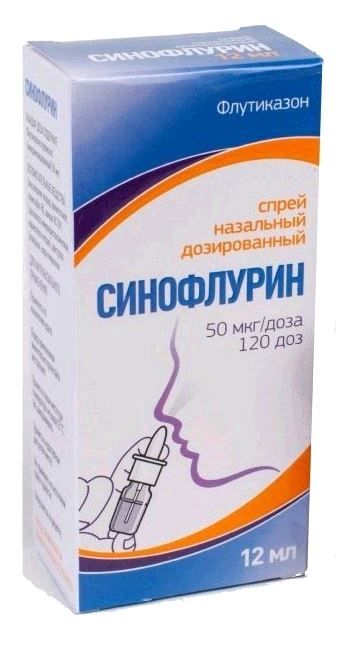
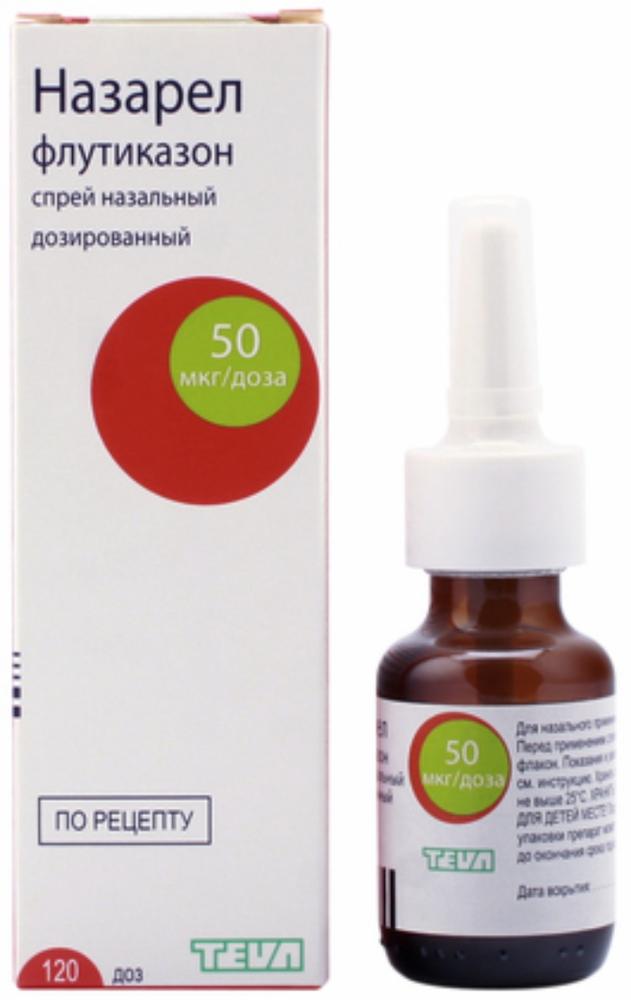
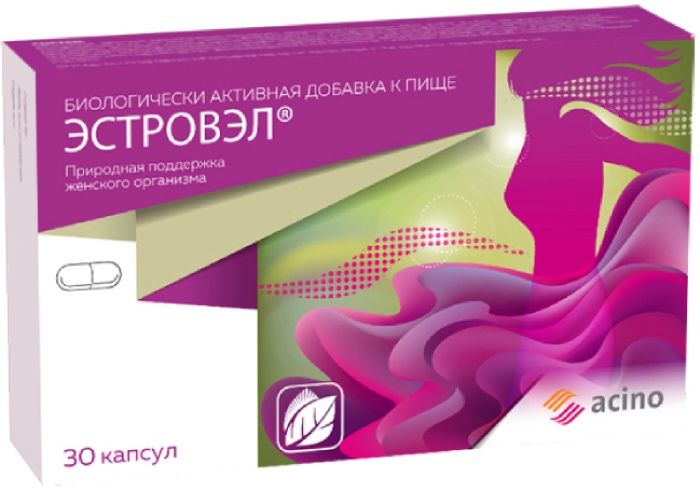

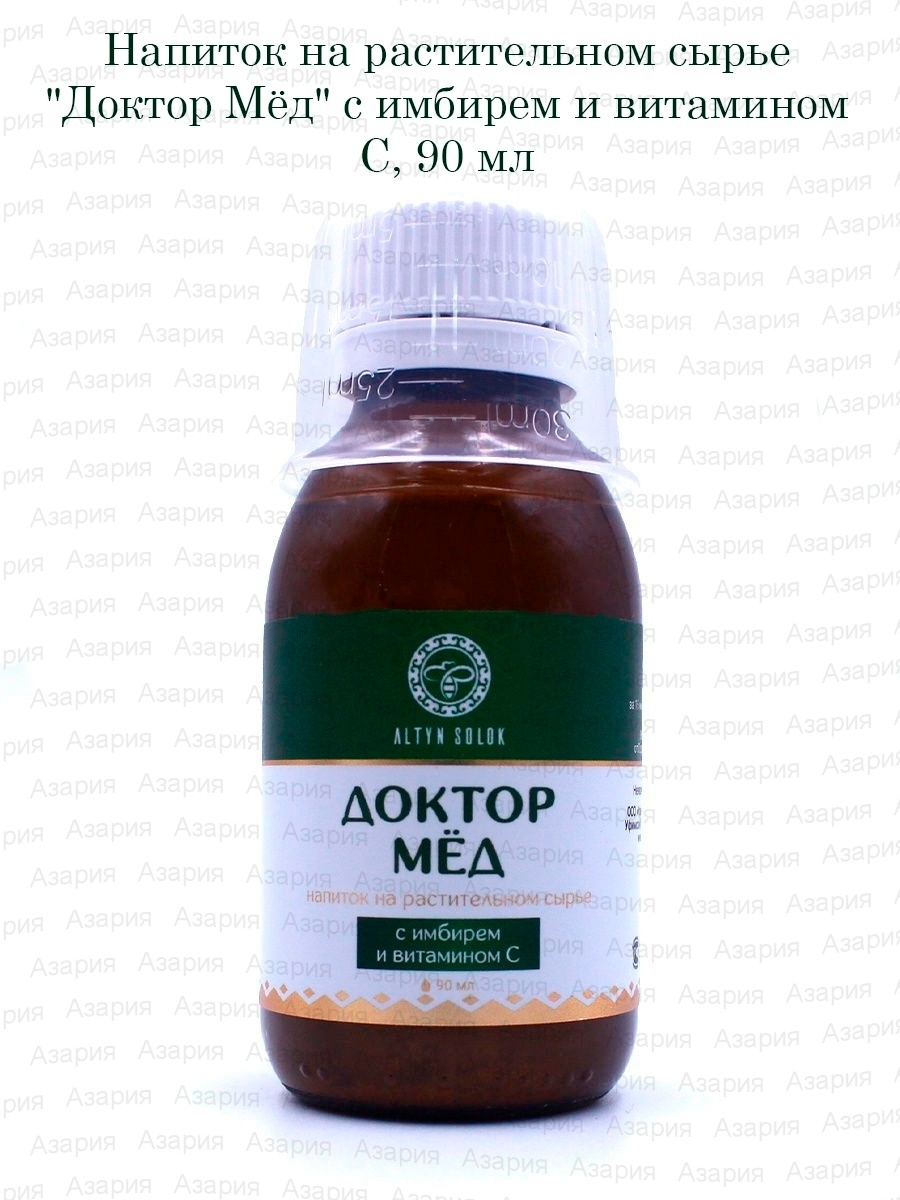
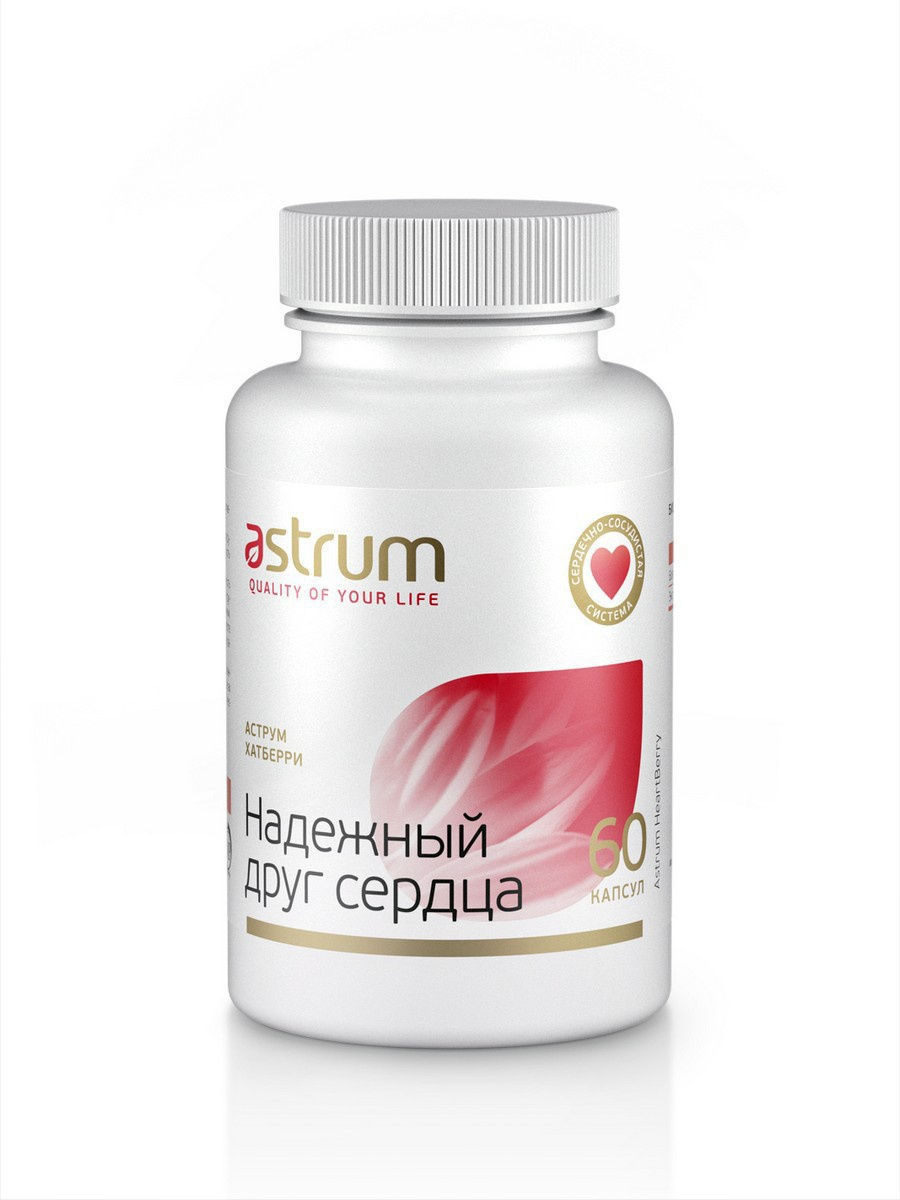

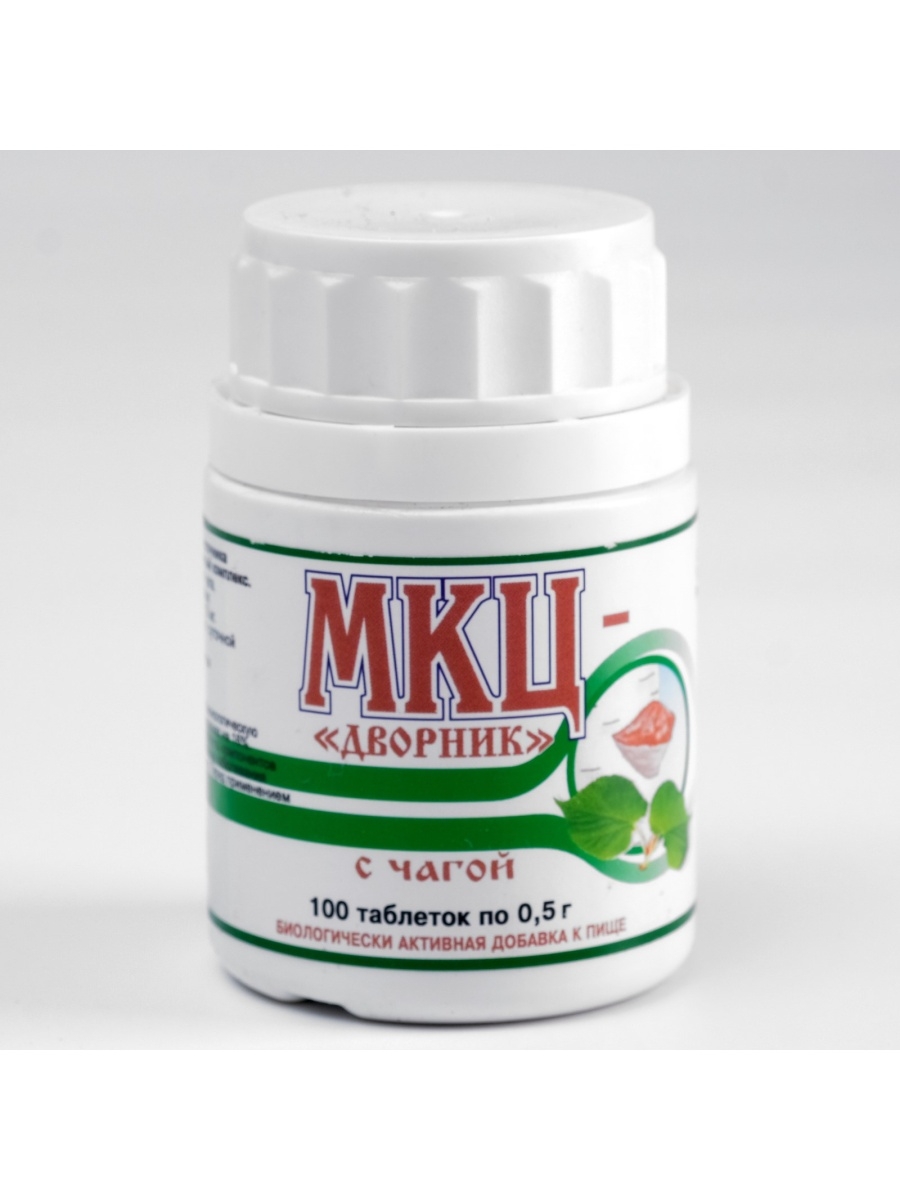
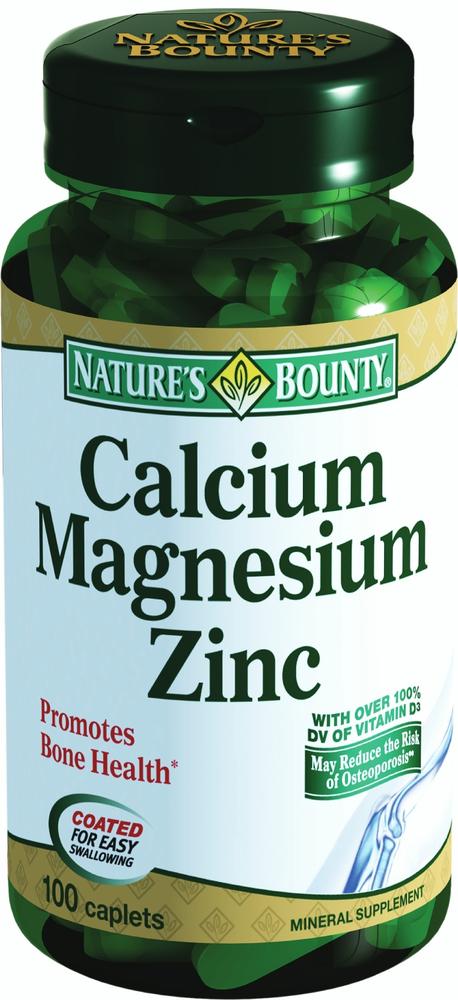




There are no reviews yet.